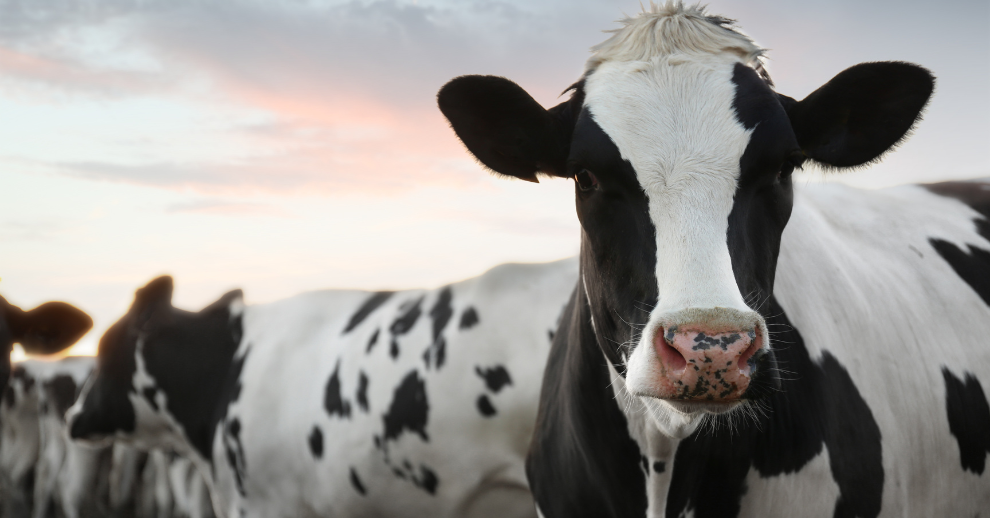
Laura Mahecha
Director, Agrochemicals
The New World Screwworm Threat: Why It Matters for U.S. Livestock
An alarming outbreak of New World screwworm (NWS) (Cochliomyia hominivorax) has been reported in Central America, raising concerns about its spread from Mexico to Texas. Confirmed cases in Nicaragua and Costa Rica, along with a human case in Maryland linked to travel in Guatemala, underscore how quickly this pest can cross borders.
The USDA has temporarily halted beef imports from Mexico, fearing economic losses that could exceed billions of dollars if NWS establishes itself in the U.S. As of September 25, 2025, the USDA Animal and Plant Health Inspection Service (APHIS) leads a proactive, multi-faceted strategy to prevent NWS from crossing into Texas, just 70 miles from the most recent confirmed case in Nuevo León, Mexico.
Understanding the New World Screwworm
The New World screwworm is a parasitic fly whose larvae feed on living tissue of warm-blooded animals, including cattle, horses, and even humans. Infestations can cause severe wounds, infections, and death if untreated. Historically, NWS was a major problem in the 1950s–1970s, but it was eradicated from North America using the Sterile Insect Technique (SIT), a breakthrough pest control method.
Why Chemical Pesticides Remain Essential
While SIT remains a cornerstone of eradication programs, it is slow to deploy and requires extensive infrastructure. Chemical pesticides are therefore indispensable for rapid intervention, treatment, and outbreak suppression, especially in endemic regions across South and Central America.
Key Applications of Pesticides Against NWS
-
Larval Treatment: Topical applications and systemic drugs (like ivermectin and spinosad) quickly eliminate larvae from wounds.
-
Adult Fly Control: Attractant baits (such as Swormlure combined with dichlorvos) target and kill adult flies.
-
Integrated Use with SIT: Chemical control complements sterile fly releases, balancing immediate suppression with long-term eradication.
However, pesticide use must follow EPA and FDA guidelines, as resistance to organophosphates and concerns about non-target insect impacts necessitate Integrated Pest Management (IPM) approaches.
USDA’s Five-Pronged Action Plan Against NWS
In June 2025, the USDA launched a five-part plan to enhance detection, control, and eradication, backed by $850 million in federal funding and expanded in August 2025.
1. Sterile Insect Technique (SIT) Infrastructure
A new sterile fly production facility at Moore Air Force Base in Edinburg, Texas, will release up to 300 million irradiated male flies weekly. The $8.5 million project, set for completion by the end of 2025, will form part of a U.S.–Mexico “fly barrier.”
2. Border Surveillance and Patrols
USDA has increased border patrols and inspections, hiring tick riders and deploying detection dogs trained to identify NWS scent. An additional $100 million investment supports AI monitoring, sensor systems, and real-time surveillance.
3. Import Restrictions and Movement Controls
To prevent accidental introduction, the USDA has suspended imports of live cattle, bison, and other livestock from Mexico. Quarantine protocols and emergency authorizations allow veterinarians to use extra-label drugs for treatment.
4. Attractant and Pesticide Deployment
The Texas Department of Agriculture (TDA) is leading large-scale deployment of Swormlure-dichlorvos traps and aerial pesticide dispersal systems. USDA’s updated September 2025 pesticide list includes organophosphates and avermectins specifically approved for NWS control.
5. Training, Outreach, and Rapid Response
Over 1,000 veterinarians and agricultural professionals have been trained through joint initiatives by TAHC, TPWD, and USDA. Public hotlines are active, and bilingual alerts ensure ranchers receive timely guidance.
International Collaboration: U.S. and Mexico Unite
The USDA is working closely with Mexico’s SENASICA to contain outbreaks, sharing sterile fly shipments from Panama and coordinating joint surveillance programs. Texas officials, including Governor Abbott and Commissioner Sid Miller, are pressing for accelerated implementation and additional federal funding under the STOP Screwworms Act.
Beyond Cattle: Broader Risks for Livestock Health
While cattle remain the primary hosts, NWS larvae can infest any warm-blooded animal, including hogs, sheep, poultry, and pets. This cross-species threat underscores the importance of maintaining vigilant surveillance and prevention strategies.
For deeper insight, Kline’s Pest Control in Production-Animal Health Study provides a comprehensive overview of the global pesticide market supporting animal health in beef, dairy, poultry, hog, and sheep production. A new report detailing emerging trends, technologies, and business opportunities is expected in early 2026. Contact us to learn more about market dynamics, pesticide innovations, and control strategies for the New World screwworm.

